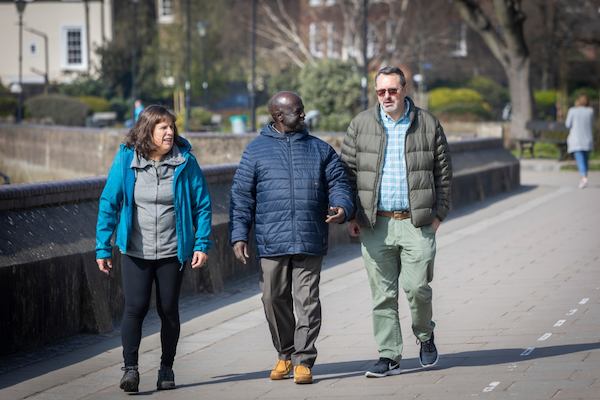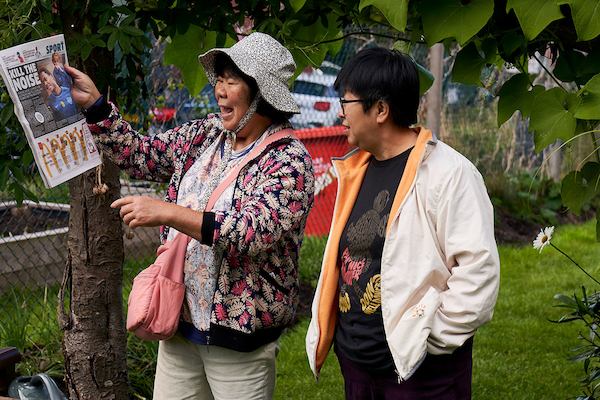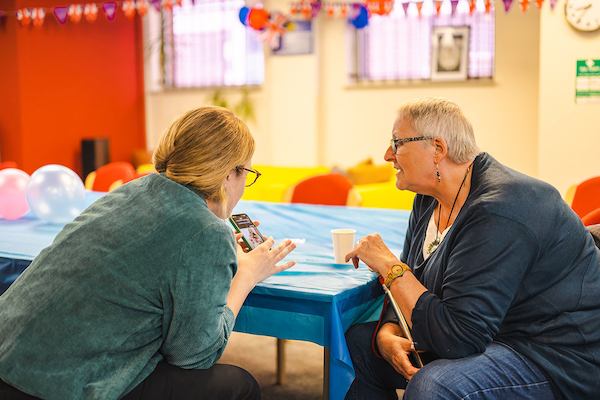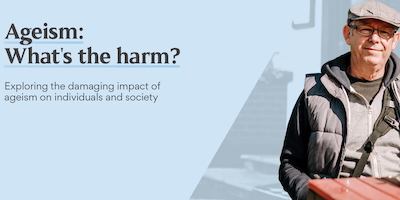State of Ageing: Eight stats that show the diverse experience of getting older in the UK today

If you want to know what it is like getting older in the UK, ignore assumptions and look at the facts.
Here, our Senior Evidence Manager, Dr Aideen Young, looks at the numbers which tell of too many older people in the UK facing challenging later lives.
A generation or two ago, living into your 70s and beyond was more of a hope than an expectation. Now it is the norm.
Yet there is huge variation in our lives as we age with many people, especially those from poor and some minority ethnic backgrounds, leading shorter lives blighted by bad health and limited opportunity.
The effects of disadvantage snowball throughout people’s lives – meaning inequality is greatest in later life. And as society becomes more diverse, the inequality we see today is likely to grow.
Our latest State of Ageing report paints the most detailed picture yet of the older population in England, using data from a variety of sources, including Census 2021.
We have created a new set of State of Ageing infographics that summarise the key stats around our ageing population through engaging and accessible illustrations to help aid better understanding of the evidence base and opportunities around demographic changes and trends.
The cards have been designed to be used on social media or in workshops to run an ‘evidence safari’, a collaborative and interactive way of exploring research and insight rapidly.
Here we highlight eight key facts from the State of Ageing which shines a light on the nation.
1) People living in deprived areas have shorter lives
Not only do people in the most deprived areas live shorter lives but they have twice as many years of ill-health ahead of them at the age of 65 as those in the least deprived areas.
That means that, at the age of 65, men in the most deprived parts of the country can expect to spend 43% of their remaining life in good health, compared with 65% for those in the least deprived. The corresponding proportions for women are 39% and 62%, respectively. There are also marked variations in health status by ethnicity, wealth and geography.
Part of the solution is to invest in local public health services that tackle health inequalities and reduce costs and pressures on the NHS, reversing cuts that have seen the public health grant fall by 26% over the past eight years.
2) Rates of disability among people in their 50s in the most deprived areas are equal to those of people 25 years older in the least deprived areas
People in the most deprived areas face a four-fold challenge when it comes to disability. First of all, they are more likely than people living in the least deprived areas to have a disabling condition.
In addition, they are more likely to be limited in their ability to carry out their day-to-day activities by any disabling condition they do have. In fact, between the ages of 50 and 69, the percentage of Disabled people who are limited a lot by their disability is twice as high in the lowest deprivation decile as in the highest.
As a result, they are most likely to need help – but the least likely to receive it.

3) Sickness is the main reason people that are aged 50-64 are economically inactive
In every age group, the proportion of people who are economically inactive due to long-term sickness has increased since the pandemic, but the increase has been particularly pronounced among the 50-64 age group.
Yet more than one in five 50-64-year-olds who are currently out of work because of sickness, injury or disability would like to work.
This indicates there is a significant group of people who are already willing to return to the workforce, if the right jobs and support were available.
4) People aged 65-74 are consistently the most likely to volunteer
Older people contribute hugely to society. Specifically, people aged 65-74 are consistently the most likely to volunteer both formally (giving unpaid help through groups, clubs or organisations) and informally (giving unpaid help to other people who are not relatives, such as shopping for a neighbour), at least once a month.
5) Almost one in five women in England aged 50-64 are unpaid carers
And caring for someone else can have a huge impact on the carer’s own ability to work. Those who provide the highest levels of care are often unable to work at all, and many of those with lower levels of caring responsibilities will only be able to work part-time, and even then, will require some degree of flexibility.
In fact, caring responsibilities are one of the principal reasons that people have left work or are thinking about leaving work. Approximately four in ten carers under retirement age are not working as much as they would like to because of their caring role.
As part of our recent 50+ Employment Commitment, we have called on the government to consult on the introduction of paid carer’s leave by the end of this Parliament.
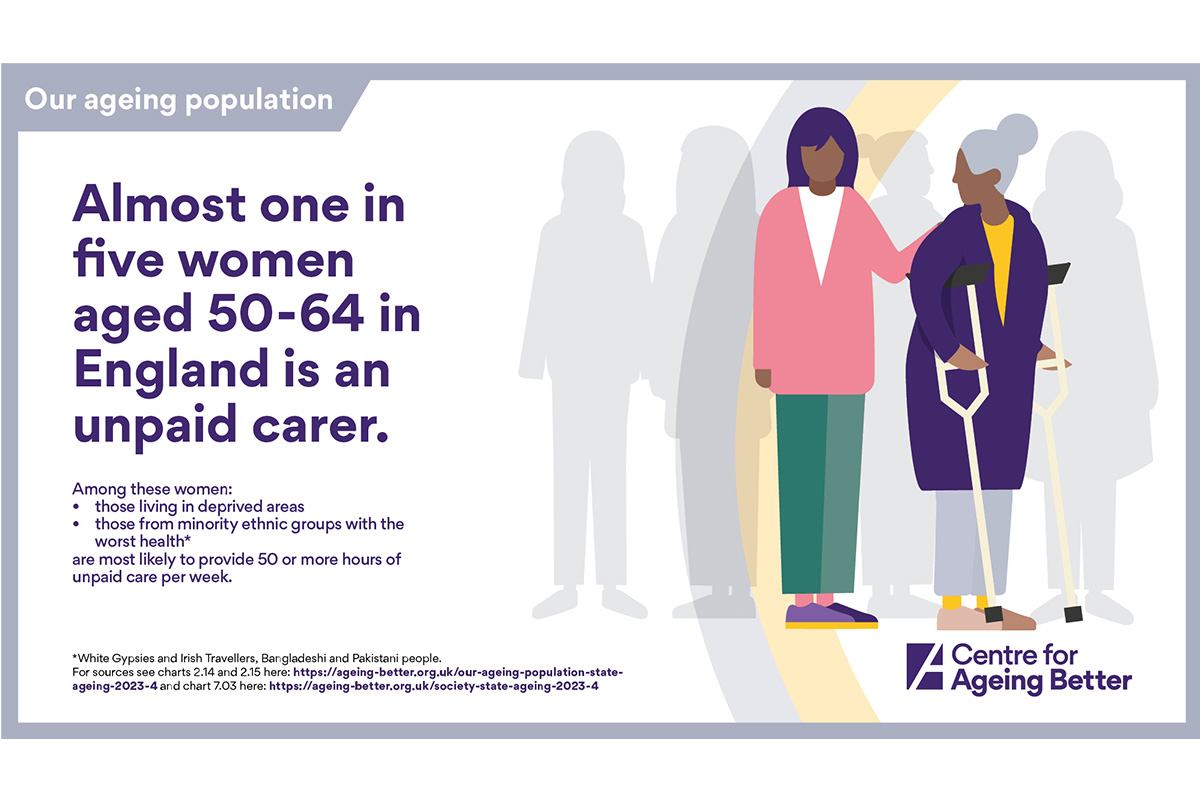
6) There are 3.5 million non-decent homes in England. Half are headed by someone over the age of 55
A non-decent home is one with a hazard that causes an immediate threat to a person’s health (such as faulty wiring or trip hazards); that is not in a reasonable state of repair; lacks modern facilities or is not effectively insulated or heated.
Older people are vulnerable to the health consequences of living in a damp, cold, hazardous homes such as respiratory conditions like asthma. Poor quality homes are a huge contributor to poor health, adding significant pressure to the NHS, with first-year treatment alone costing £1.4bn a year.
7) Nearly one in five people aged 50 and above from Black, Asian and Minority Ethnic backgrounds in England are living in housing deprivation
A household is classified as deprived if the household's accommodation is either overcrowded, in a shared dwelling, or has no central heating. One in twenty (5%) of the total population aged 50 and over in England lives in a household that is deprived in the housing dimension but this applies to more than one in three (36%) Bangladeshi people in the same age group.
A significant factor in this is that Black, Asian and Minority Ethnic groups are more likely to be renters rather than homeowners. Nearly half of White people (47%) own their home outright compared to a third of people from Asian backgrounds and just 13% of people from Black backgrounds.
8) Local authority spending on community services such as public toilets and library services have dropped by up to 50% in real terms since 2010
Local authority spending on many community services has been in decline for a long time.
This is in spite of the fact that many of these services play valuable roles in enabling older people to stay engaged thereby improving health and wellbeing. For example, in 2022/23 spending on local parks and open spaces was 20% lower than in 2011/11 while spending on public toilets was half.
Community services are particularly vulnerable to budget cuts because local authorities are not required to provide them, despite the hugely beneficial role they have been shown to play.




